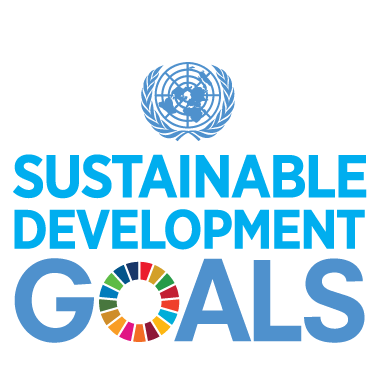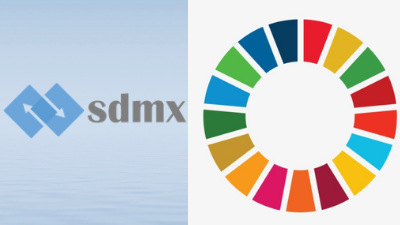Jointly developed by the UN Statistics Division, the ECLAC Statistics Division and UNFPA, the Global Training is designed to cover the foundational knowledge of small area estimation (SAE) techniques and skills necessary for participants to effectively learn and apply these models in their data analysis work. The course will provide a clear overview of the key concepts and methods.

This e-learning course is a self-paced course with individual 10 modules developed by the United Nations Environment Programme (UNEP), the United Nations Statistical Institute for Asia and the Pacific (UNSIAP) and the United Nations Institute for Training and Research (UNITAR). This course provides an overview of the importance of monitoring the environmental dimension of development, the linkage with existing statistical frameworks (FDES and SEEA) and how to use environment statistics in decision making. The modules will also provide a brief overview on all 25 SDG indicators under UNEP custodianship.
In particular, this e-learning course aims to build the capacity of countries – representatives of National Statistical Office (NSOs), Ministries of Environment and other stakeholders - to compile and use data on the environment-related SDGs for evidence-based decision-making and to promote cross-cutting data analysis to better understand the environmental dimension of development.

Ce cours en ligne qui peut être suivi à votre rythme est composé de 10 modules individuels élaborés par le Programme des Nations Unies pour l’environnement (PNUE), l’Institut de statistique des Nations Unies pour l’Asie et le Pacifique (UNSIAP) et l’Institut des Nations Unies pour la formation et la recherche (UNITAR). Ce cours aide à expliquer pourquoi il est important de suivre la dimension environnementale du développement, le lien avec les cadres statistiques existants (CDSE et SCEE) et la manière d’utiliser les statistiques environnementales dans la prise de décision. Les modules fourniront également un bref aperçu des 25 indicateurs ODD sous la tutelle du PNUE.
En particulier, ce cours d’apprentissage en ligne vise à renforcer la capacité des pays - représentants des organismes nationaux de statistiques, des ministères de l’environnement et d’autres parties prenantes - à compiler et à utiliser des données sur les ODD liés à l’environnement pour une prise de décision fondée sur des preuves, et à promouvoir l’analyse des données transversales pour mieux comprendre la dimension environnementale du développement.

Этот курс электронного обучения предназначен для самостоятельного изучения. Он разработан Программой
Организации Объединенных Наций по окружающей среде (ЮНЕП), Статистическим институтом Организации
Объединенных Наций для Азии и Тихого океана (СИАТО) и Учебным и научно-исследовательским институтом
Организации Объединенных Наций (ЮНИТАР). Этот курс дает обзор важности мониторинга развития в области окружающей среды, связи с существующими статистическими структурами (ПРСОС и СПЭУ) и того, как использовать статистику окружающей среды при принятии
решений. В модулях также будет представлен краткий обзор всех 25 показателей ЦУР, находящихся под
ответственностью ЮНЕП.
В частности, этот курс электронного обучения направлен на наращивание потенциала стран в лице представителей
национальных статистических органов (НСО), министерств окружающей среды и других заинтересованных сторон в
контексте сбора и использования данных о ЦУР, связанных с окружающей средой, принятия решений на основе
фактических данных и содействия сквозному анализу данных для лучшего понимания развития в области
окружающей среды.

This course introduces the SDGs and the metadata that should be disseminated along with the SDG indicators.

This course is designed to support data producers/compilers at the national, regional and global levels in modelling and sharing Sustainable Development Goals (SDG) data following the SDMX standard.
